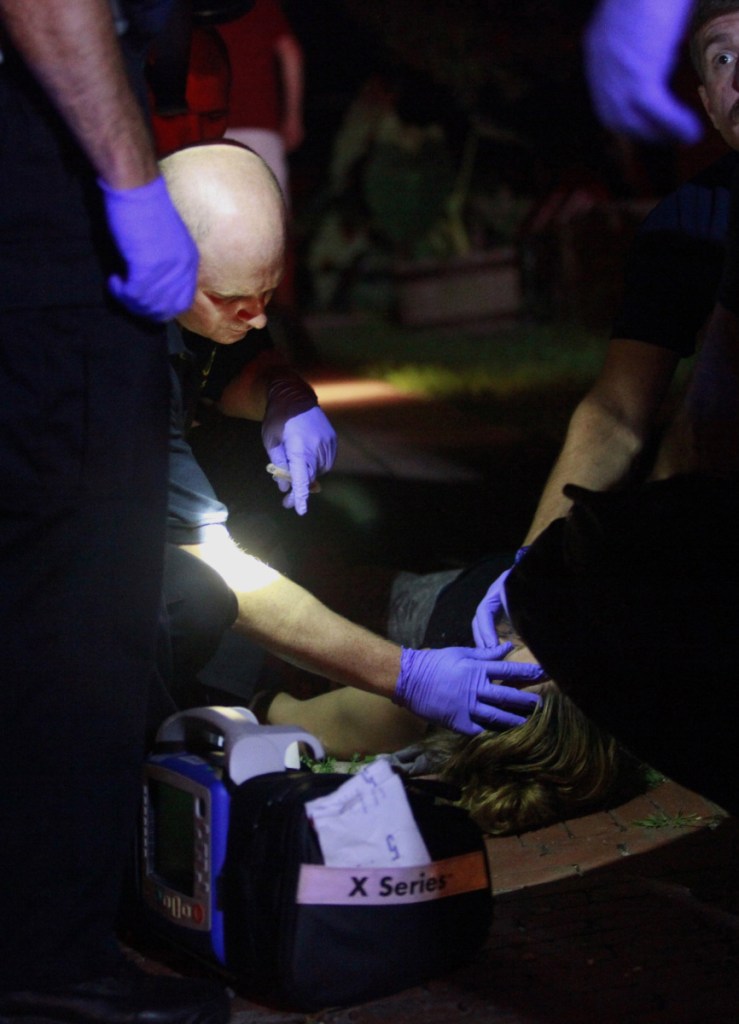Over the last few weeks, apparently, I’ve been lying to my patients.
I told a young man who lives up north, does not qualify for MaineCare and is working in a minimum-wage job that the Legislature had approved millions of dollars for opioid-addiction treatment. I didn’t know when it would be available, but if he could just hang on and be very careful not to overdose, help would be coming.
I said the same thing to a young woman who lost her insurance and her mental health medications and her Suboxone treatment and is now working as a waitress. Millions of dollars for treatment soon would be available – yes, almost $7 million from the state and $2 million from the federal government. That would be a start.
Turns out I was wrong. It seems per a recent edition of the Portland Press Herald that there is no agreement on many items in the budget, and legislators fear they might “need to come back in January” to fund opioid-related measures (“State isn’t addressing drug crisis, critics say,” Page A1, April 21).
So, I’ve been trying to do the math. There were 418 deaths from overdose in 2017. That is 42 more deaths than the 376 in 2016 and 146 more deaths than the 272 in 2015. And it’s more than double the 208 deaths in 2014. It also means that last year, Maine had 1.14 overdose deaths per day.
OPTIONS SPARSE, COSTS HIGH
Will the rate stabilize or even decrease this year? I doubt it. Why?
Even though there is widespread agreement among experts – including the American Board of Addiction Medicine, the American Society of Addiction Medicine, a Surgeon General’s report and the National Institute on Drug Abuse, to mention a few – that medication-assisted treatment for opioid addiction works and works well, there is still not enough money for treatment and still not enough doctors who provide it.
Yes, there are more places now in Portland and southern Maine where patients can find an addiction doctor and a grant-funded spot in treatment. But in western and northern Maine, options remain sparse. And medicine used for treatment is very costly: $600 a month for the average dose of buprenorphine, brand or generic, and $2,000 for a monthly injection of naltrexone (a medication that makes it impossible to get high off opiates). Treatment is also tough to access: Methadone must be dispensed through federally licensed clinics. It is estimated that about 15,000 Mainers are in treatment – but it is also estimated that only about 10 percent of the people who need treatment are getting it.
Will the fatal-overdose rate increase? Will we have more deaths this year than last year? I see people in detox every week who have overdosed recently and are alive thanks to naloxone. That’s a good thing. Many overdoses are being reversed. But I also hear from my patients in treatment every week about friends, family or acquaintances who have overdosed and died. There were nine overdoses in Hancock County on one Friday several weeks ago.
Even more worrisome is the mix of varieties of fentanyl in the current supply of heroin, making the latter deadlier than ever before. Experts are worried there may come a day – and it may come soon – when naloxone will not be strong enough to overcome the effect of fentanyl. Then what?
LET’S DO THE MATH
But let’s not be alarmists – just realists. Let’s just do the math. I’m writing this on April 23; from this day until the next session convenes (on Jan. 2, 2019, I’m assuming), if my calculations are correct and the rate of fatal overdoses stays the same (and the numbers aren’t available for how many deaths we’ve had already this year), there will be, at a minimum, 291 more young Mainers dead, 291 more families wrecked and grieving and an incalculable, unfathomable loss of human potential, intelligence, inspiration, creativity and love.
These are our children and our grandchildren who are dying before their time. And they are dying because spending money on treatment is not as important as one political ideology or another.
It is likely that there will continue to be much talk about the opioid crisis, many ideas about how to solve it and many special committees and task forces and experts. But none of those things cost money. If the past is any indication, there will continue to be no significant funding for treatment.
About a year and a half ago, I ended a commentary in this paper with the question “What do I tell my patients?” And the answer: “Hang on, try not to die, maybe next year you can get some help.” Same question this year – and the same answer.
— Special to the Telegram
Send questions/comments to the editors.


